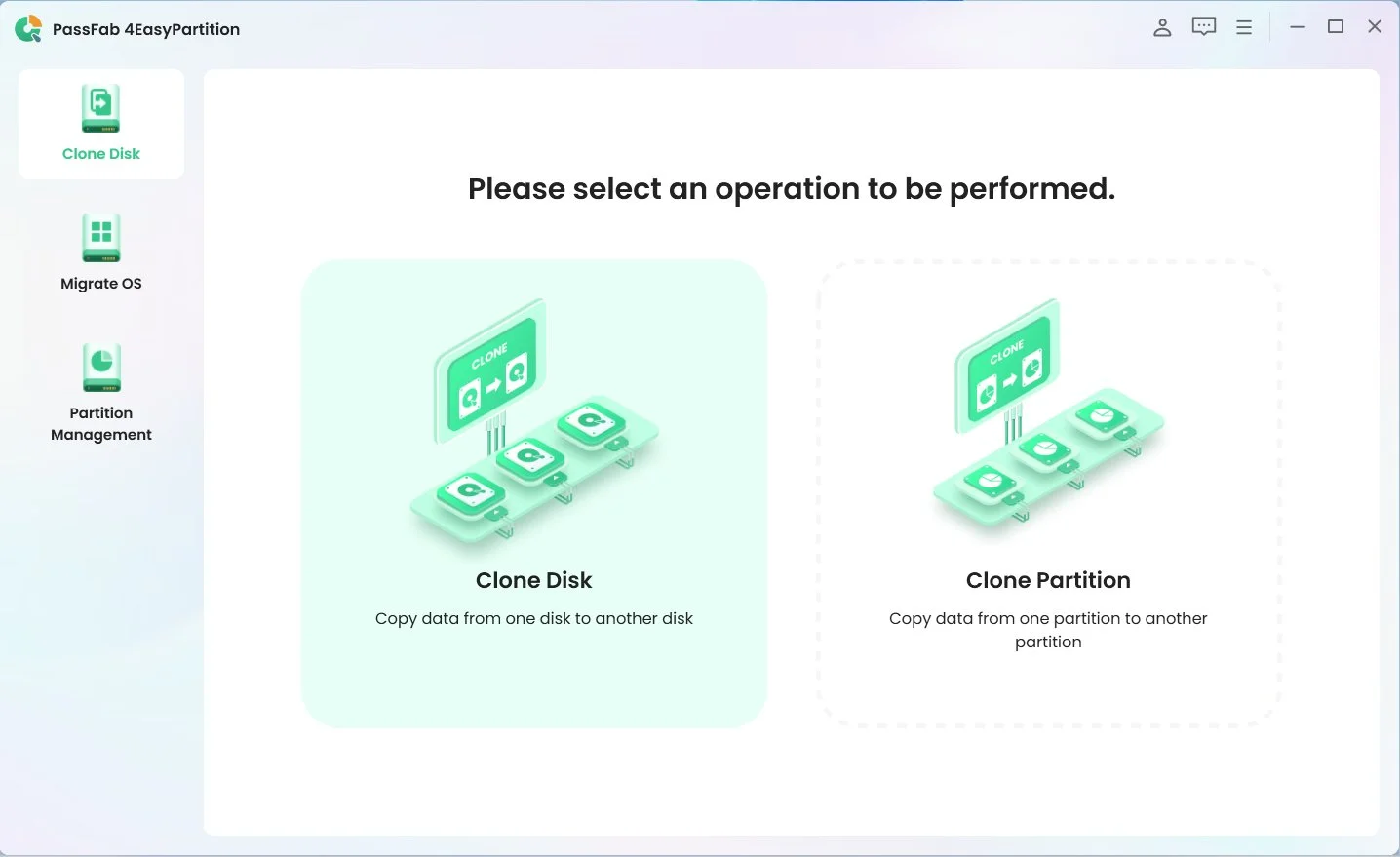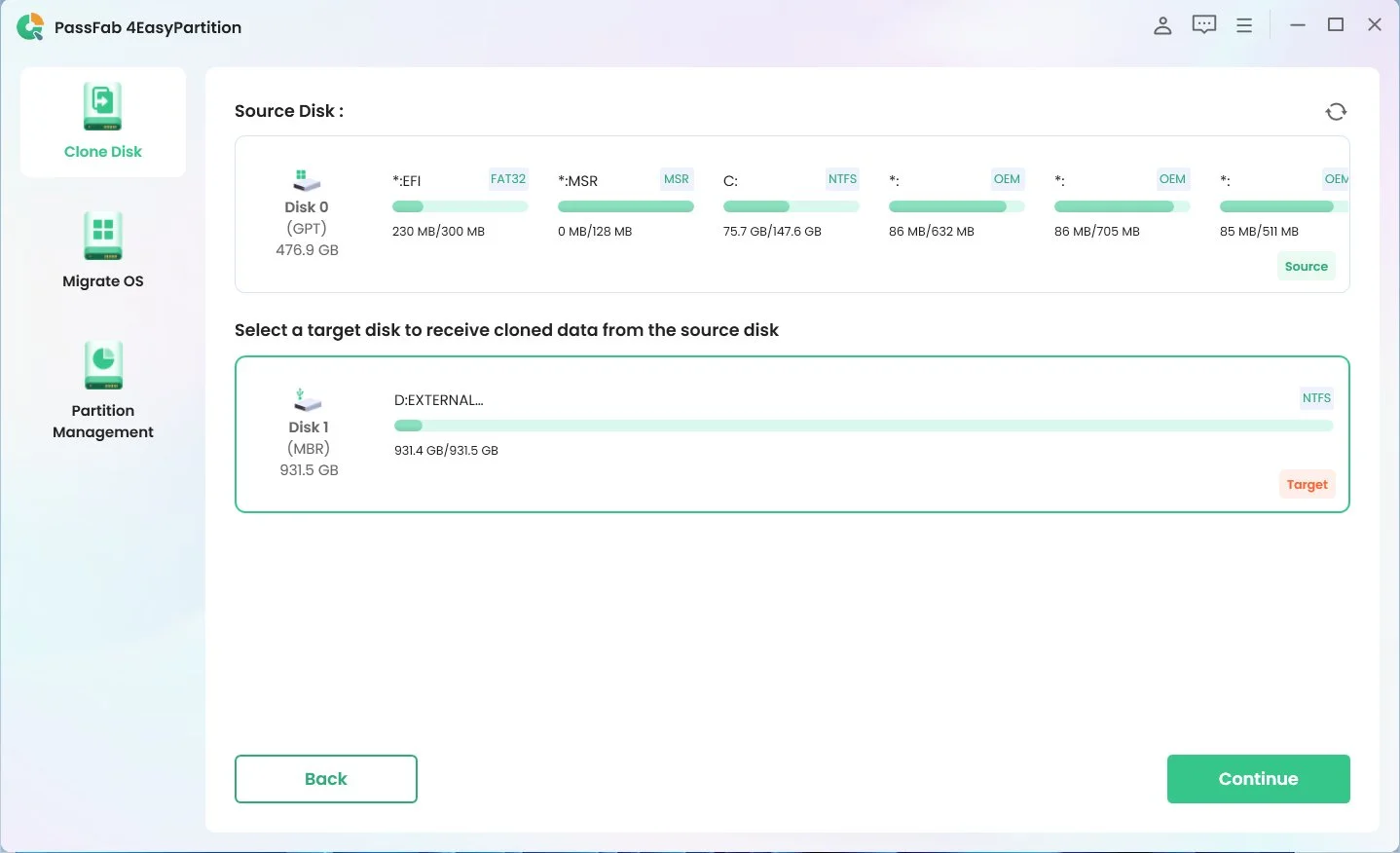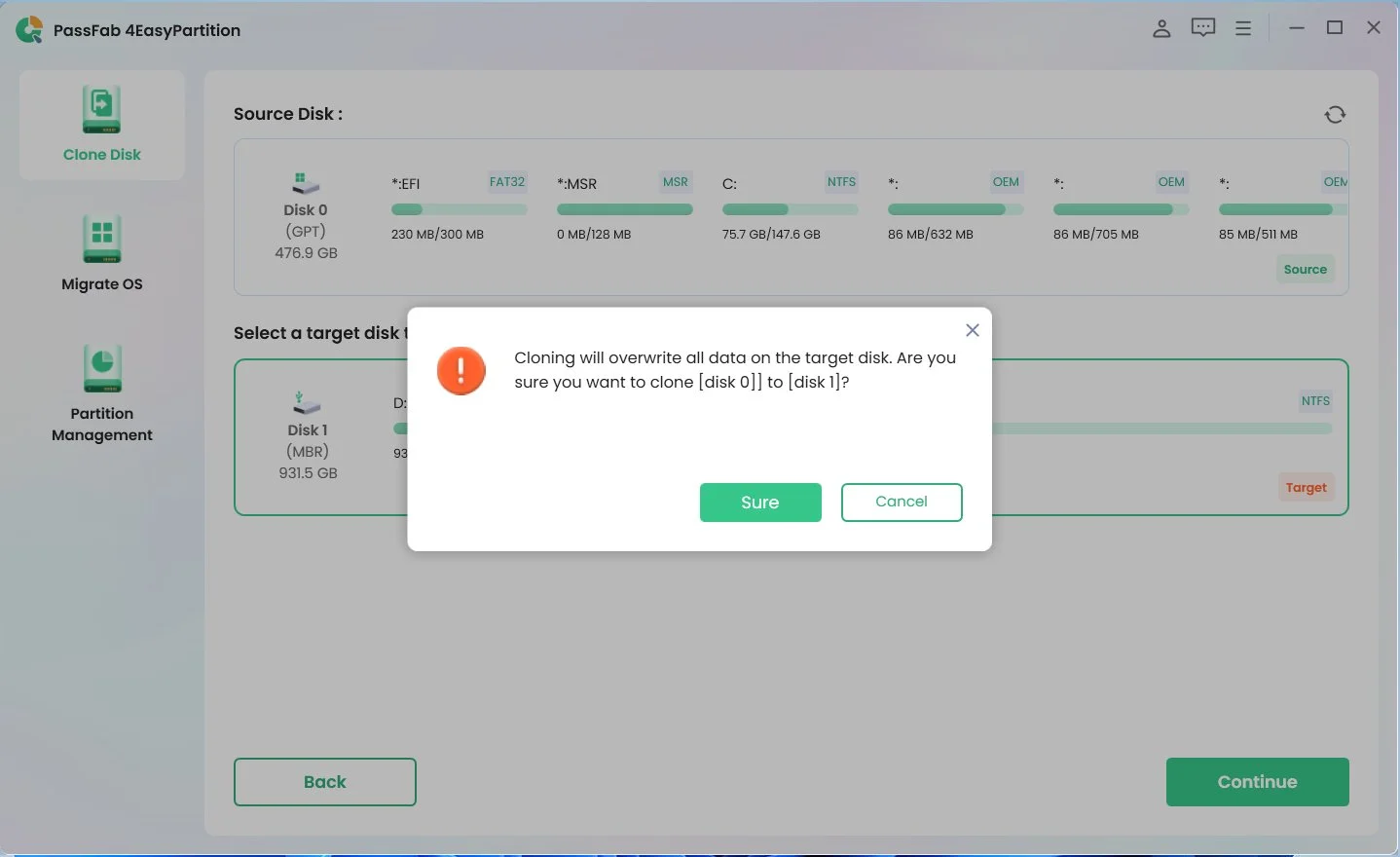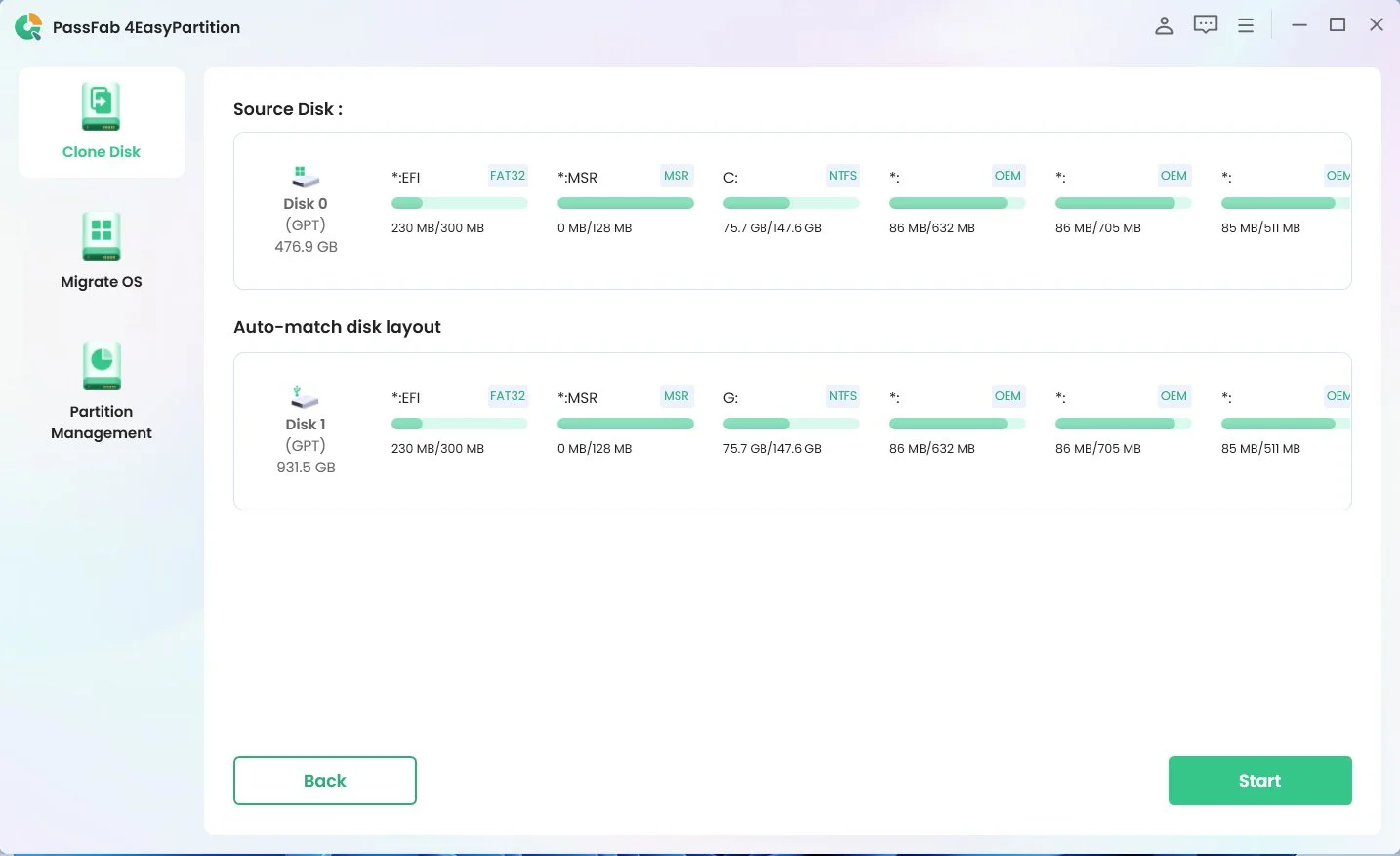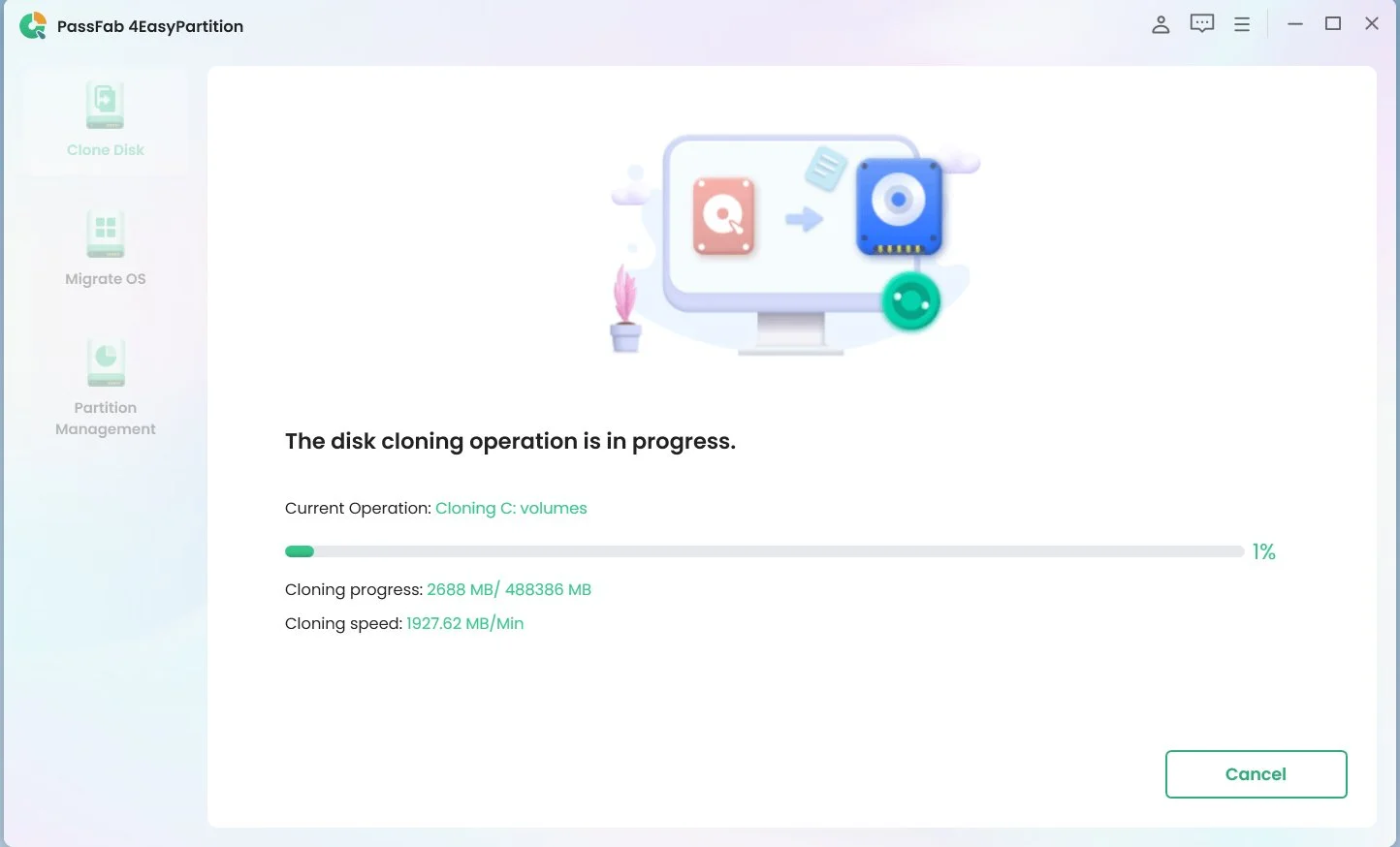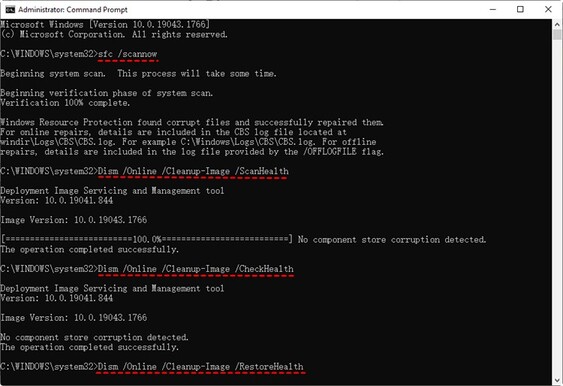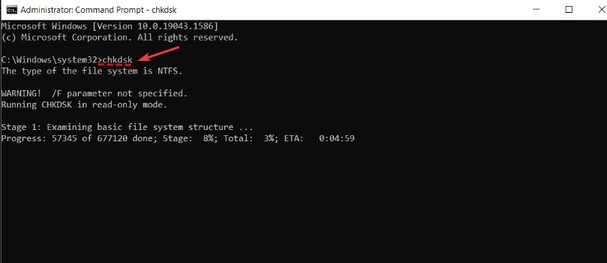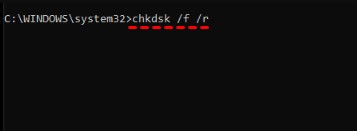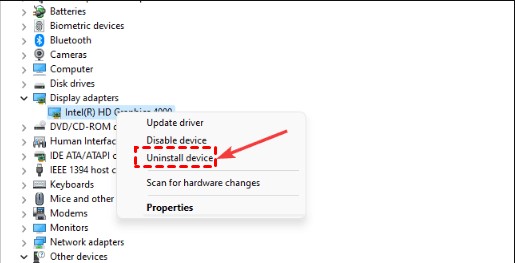Facing the dilemma where your PC meets Windows 11 requirements but can't update can be perplexing and frustrating. Despite meeting the prerequisites for Windows 11 compatibility, you might encounter obstacles preventing the smooth transition to the latest operating system. This situation often arises due to various factors, including compatibility issues, system errors, driver conflicts, or insufficient system resources.
While the system requirements for Windows 11 are clear, the update process can be intricate, leading to unexpected hurdles along the way. Common problems include compatibility checks failing to recognize hardware components, errors during the update installation process, or compatibility conflicts with existing software or drivers.
Understanding and addressing these challenges is crucial to ensure a successful update to Windows 11 and unlock its full potential on your compatible PC. In this guide, we'll delve into effective solutions to overcome the barrier of your PC meeting Windows 11 requirements but being unable to update.
Part 1: Remember to Backup Your System & Data Before Windows 11 Update Hot
Part 2: How to Fix ‘PC Meets Windows 11 Requirements But Can't Update’ Error?
Part 3: Why Can't I Upgrade to Windows 11 Even Though I Meet the Requirements?
Final Thoughts
Part 1: Remember to Backup Your System & Data Before Windows 11 Update
Before proceeding with the Windows 11 update, it's crucial to back up your system and data to avoid potential data loss or system errors. For this purpose, consider using PassFab 4EasyPartition, a reliable partition management tool trusted by millions. Here are its key features:
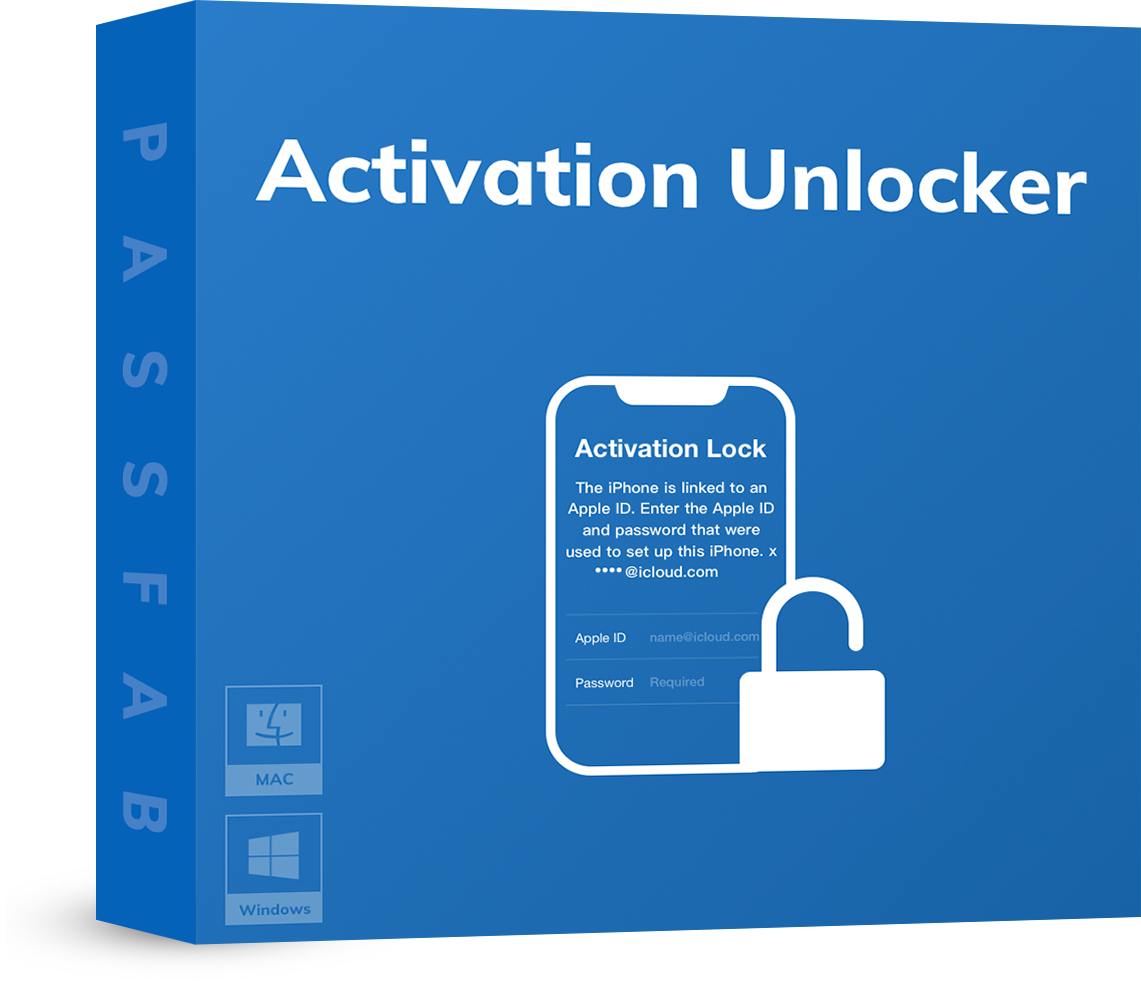
PassFab 4EasyPartition
- Clone entire disks, ensuring data integrity and smooth transition to new storage.
- Migrate your operating system to a new drive with ease, eliminating the need for complex reinstallations.
- format partitions quickly and safely, optimizing disk space usage.
- Recover deleted or formatted partitions and repair damaged partitions, ensuring data integrity and system stability.
PassFab 4WinKey has Recommended by many medias, like macworld, makeuseof, appleinsider, etc.





Here's how to clone your disk using PassFab 4EasyPartition:
*An OTG cable is required
-
Go to the PassFab website and download the 4EasyPartition software. Open the PassFab 4EasyPartition software on your computer. From the main interface, click on the "Clone Disk" option to start the cloning process.

-
Choose the target disk where you want to clone your data. Make sure that you have enough space on the target disk to accommodate all the data from the source disk. Then, click "Continue" to proceed.

-
A confirmation pop-up window will appear. Click "Sure" to confirm and proceed with the disk cloning operation.

-
Review the information of the source and target disks displayed in the preview interface. Once you've verified the details, click "Start" to begin the disk cloning process. Wait for the disk cloning operation to complete. Once finished, a success message will pop up.


Part 2: How to Fix ‘PC Meets Windows 11 Requirements But Can't Update’ Error?
Fix 1. Download the Correct Windows 11 ISO File
Make sure of authenticity by obtaining the Windows 11 ISO from Microsoft's official website. Prioritize compatibility by confirming your PC meets the system requirements. Keep your device drivers and firmware up to date to prevent any compatibility issues.
Opt for reliable installation media, ensuring it's free from defects or errors. Temporarily disable third-party software, like antivirus programs, to avoid any potential conflicts during installation.
Follow the on-screen instructions meticulously and monitor the progress closely. Once the installation is complete, conduct a thorough post-installation check to verify all functionalities.
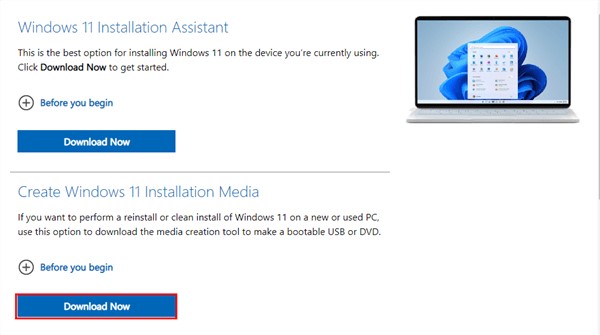
Fix 2. Run SFC Scan
To troubleshoot and fix common Windows errors, you can utilize the System File Checker (SFC).
Follow these steps:
- Launch Command Prompt with administrative privileges.
- In the Command Prompt window, type "sfc /scannow" and press Enter. This command will scan and repair corrupted system files.
- After running SFC, proceed with the following DISM commands in sequence:
- Type "Dism /Online /Cleanup-Image /ScanHealth" and press Enter to scan the Windows image for any corruption.
- Next, enter "Dism /Online /Cleanup-Image /CheckHealth" to check the health of the Windows image.
- Finally, execute "Dism /Online /Cleanup-Image /RestoreHealth" to repair any corrupted files found during the previous scans.
- These commands may take some time to execute, depending on your system's configuration and the extent of the issues detected.
-
Once the process is complete, restart your computer to apply the repairs and ensure optimal system performance.

Fix 3. Run CHKDSK Command
- Click Start, type "cmd," and select "Run as administrator"
-
Type "chkdsk" and press Enter to start scanning for disk errors.

-
If errors are found, run "chkdsk /f /r" to fix them.

- Let CHKDSK finish, which may take some time.
- After completion, restart your system for the fixes to take effect.
Fix 4. Uninstall & Update All Drivers
- Click the Start button and search for "Device Manager."
-
Locate the UHD adapter, right-click, and choose "Uninstall Device"

- Repeat the process for the USB driver and any other potentially problematic drivers.
- Restart your computer to implement the changes, then attempt the Windows 11 installation again.
Part 3: Why Can't I Upgrade to Windows 11 Even Though I Meet the Requirements?
If you're unable to upgrade to Windows 11 despite meeting all the requirements, several factors could be at play. Firstly, ensure your system meets not just the minimum but also the recommended specifications for a seamless upgrade. Additionally, check for any pending updates or driver issues that might hinder the installation process. Sometimes, compatibility issues with specific hardware components can also pose obstacles. Lastly, verify that your system BIOS is up to date, as outdated firmware can impede the upgrade process.
Final Thoughts
The problem when your PC meets Windows 11 requirements but can't update requires strategic troubleshooting and effective solutions. By leveraging tools like PassFab 4EasyPartition to safeguard your data and optimize disk management, you can ensure a smooth transition to Windows 11. Through methods such as downloading the correct Windows 11 ISO file, running SFC and CHKDSK scans, and updating drivers, you can overcome compatibility issues and system errors hindering the update process. Remember to prioritize thorough checks and follow the outlined steps diligently to unlock the full potential of Windows 11 on your compatible PC.
*An OTG cable is required
COMMENT

